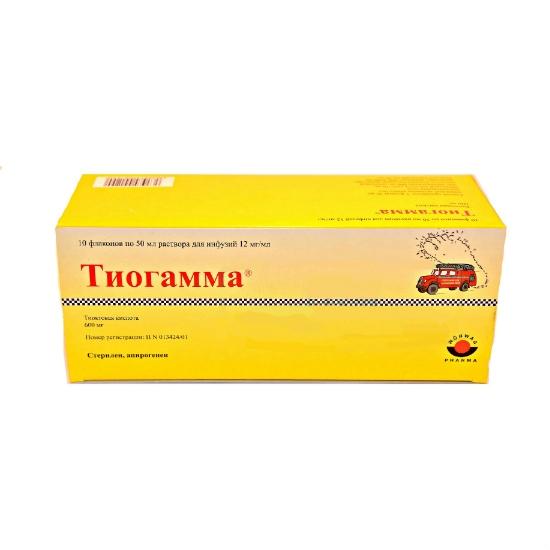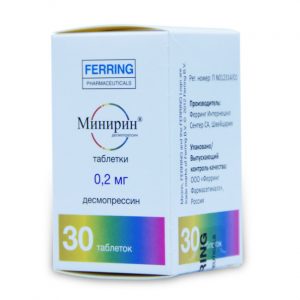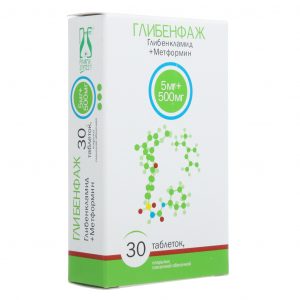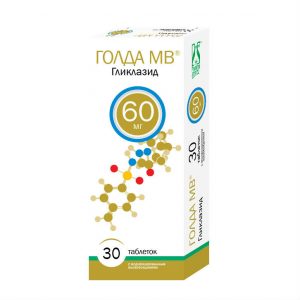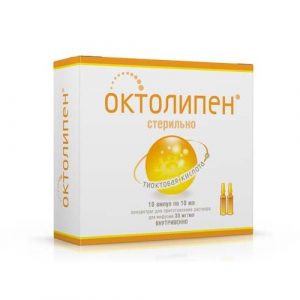Description
Release form
Solution for infusion.
Packing
10 fl.
Pharmacological action
Thiogamma – a drug that regulates metabolism.
Thioctic (a-lipoic) acid is synthesized in the body and acts as a coenzyme in the oxidative decarboxylation of alpha-keto acids.
Helps reduce blood glucose and increase liver glycogen.
Thioctic acid is close in pharmacological properties to the vitamins of group B.
Indications
Diabetic polyneuropathy.
Contraindications
– Hypersensitivity to the components of the drug
– Pregnancy
– period of breastfeeding.
Clinical data on the use of Thiogamma in children are not available, therefore, children should not be prescribed the drug.
Special instructions
Patients taking Thiogamma should refrain from drinking alcohol.
During the treatment with Tiogamma, especially at the beginning of therapy, it is necessary to monitor blood glucose levels.
In some cases, dose adjustment of hypoglycemic drugs may be required.
Composition of
1 bottle of 50 ml of solution for infusion contains:
active substance:
meglumine salt of thioctic acid – 1167.7 mg (equivalent to 600 mg of thioctic acid)
excipients:
meglumine,
macrogol 300, srd .
Dosing and Administration
Thiogamma is administered iv 600 mg / day (1 amp. in 20 ml of a 3% solution or 1 vial in 50 ml of a 1.2% solution).
At the beginning of the course of treatment (within 2-4 weeks), the drug is recommended to be administered iv. Then you can continue taking the drug inside.
Drug Interactions
When used together, Thiogamma as a solution for injection reduces the effectiveness of cisplatin.
With the simultaneous use of Thiogamma enhances the action of insulin and oral hypoglycemic agents.
When taken with ethanol, the therapeutic effectiveness of thioctic acid may be reduced.
Pharmaceutical interaction
In vitro thioctic acid reacts with complex metal ions (e.g. cisplatin), and also forms moderately soluble complex compounds with sugar molecules.
Therefore, the infusion solution is incompatible with glucose solution, Ringer’s solution and with solutions that can react with SH-groups or disulfide bridges.
Overdose
Symptoms: nausea, vomiting, headache.
Treatment: carry out symptomatic therapy.
There is no specific antidote.
Storage conditions
Store in a dark place at a temperature of 15 ° to 25 ° C.
active substance
thioctic acid
conditions granted through pharmacies
In retseptu
lekarstvennaja
form Solution for infusion
Solufarmfarmforshf Farmstsf9919 Germany Pharmaceuticals99 Pharmaceuticals Matsoische Erzoyignis GmbH, Germany
